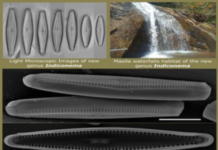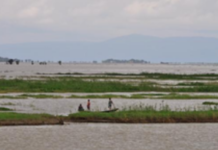
Bengaluru– An Indian-led team of international researchers has discovered a new thumbnail-sized species of a frog near the coastal town of Manipal, Udupi district, in Karnataka.
The team from India and the National University of Singapore (NUS) discovered the new species of narrow-mouthed frog in the laterite rock formations of the coastal plains and named it “Microhyla laterite” after its natural habitat.

“By naming the frog after its habitat, we hope to draw attention to the endangered rock formations that are of ecological importance. M. laterite can potentially be used as a mascot to change peoples’ perception about laterite areas,” said Seshadri K.S., PhD student from the department of biological sciences at NUS’s faculty of science.
While conducting field surveys as a part of his citizen science initiative “My laterite, My habitat”, independent researcher and study co-author Ramit Singal spotted the frog in laterite habitats in and around the coastal town of Manipal.
The frog, which measures around 1.6 cm, is pale brown with prominent black markings on its dorsum, hands, feet and flanks. It has a call that can be easily mistaken for that of a cricket.
To ensure the validity of the frog as a new species, Seshadri and his team members studied the genes, body structure, colouration and vocalisations of four individual frogs.
“One could easily confuse this frog with other species like Microhyla ornata which is thought to occur all over India. However, it was evident from analysing the genes that M. laterite is a distinct species and is closely related to M. sholigari, which is found only in the Western Ghats,” noted Priti Hebbar, another co-author of the paper published in the journal PLOS ONE.
Based on preliminary assessments, the team suggested M. laterite to be classified as endangered under the guidelines of the Red List by International Union for Conservation of Nature (IUCN).














